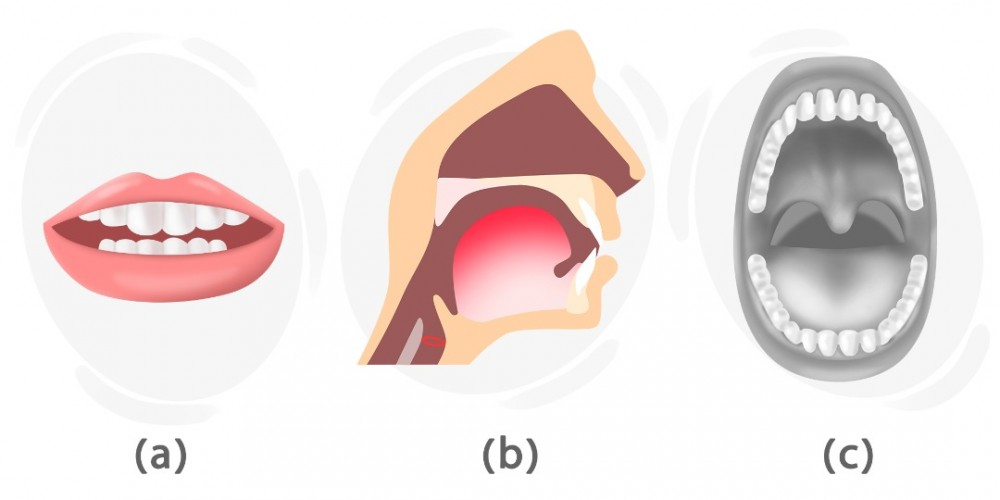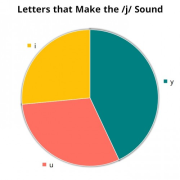How to Pronounce the /j/ Sound

In this lesson, we are going to focus on how we can learn to produce the /j/ sound using the proper articulatory organs.
What Type of Sound Is /j/?
/j/ is a consonant in the English language.
How to Produce /j/?


As you can see in picture (b), the tongue plays an important part here. In order to produce it, the middle part of the tongue raises. The tip of the tongue does not make contact anywhere and remains in its place. Also, note that the tongue does not touch the roof of the mouth. The uvula stops the air from going up through the nose. If you pay attention to the throat, you can see that the circle is red, indicating that this sound is voiced. So, we have to use our vocal cords. Gently, we move the air out of our mouths.
In the picture (a), You can see that the lips and the teeth are parted. The shape of the mouth is like that when we pronounce the vowel /i/.
In picture (c), you can see that the tongue does not touch anywhere in the mouth.
/j/ Sound in the Most Common World Languages
There is a table below that helps you see which languages in the most common languages spoken around the world have the /j/ sound
Existence | Example | |
|---|---|---|
Mandarin | ✔ | 鸭 (yā) |
Spanish | ✔ | rey |
Hindi | ✔ | यान |
Bengali | ✔ | নয়ন |
Portuguese | ✔ | boia |
Russian | ✔ | яма |
Japanese | ✔ | 焼 (yaki) |
Vietnamese | x | - |
Turkish | ✔ | yol |
French | ✔ | yeux |
German | ✔ | Jacke |
Italian | ✔ | ione |
Persian | ✔ | یزد |
Standard Arabic | ✔ | يوم |
Korean | ✔ | 여섯 |
Indonesian | ✔ | yakin |
Filipino | ✔ | yupî |
Hungarian | ✔ | játék |
Dutch | ✔ | ja |
Polish | ✔ | jutro |
Romanian | ✔ | iar |
Swedish | ✔ | jag |
Czech | ✔ | je |
Greek* | ✔ | γη |
Ukrainian | ✔ | їжак |
Urdu | ✔ | یان |
* The sound is similar, but it is not identical.
Listening
Below, there is an audio file that helps you learn the proper pronunciation of the /j/ sound:
Comments
(0)

